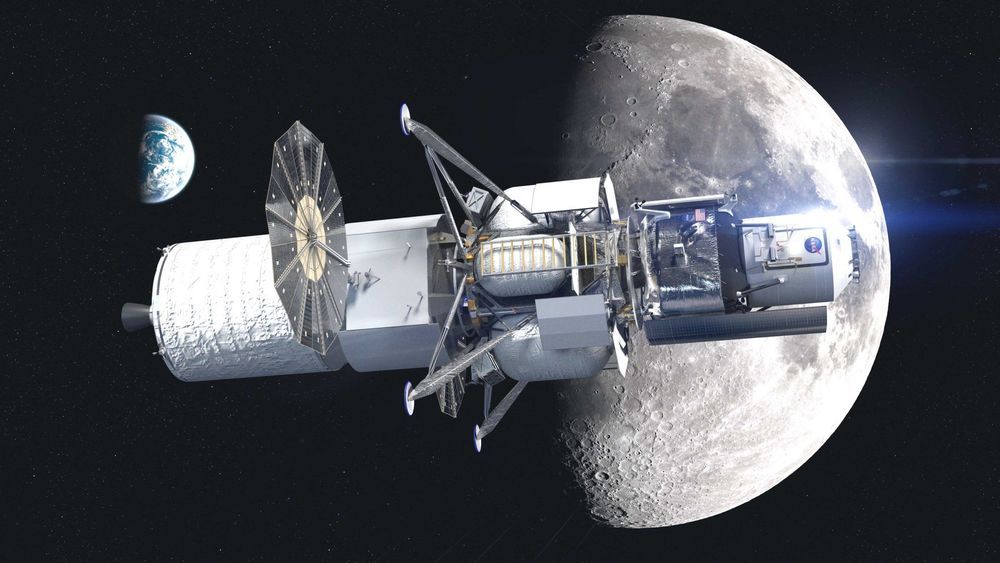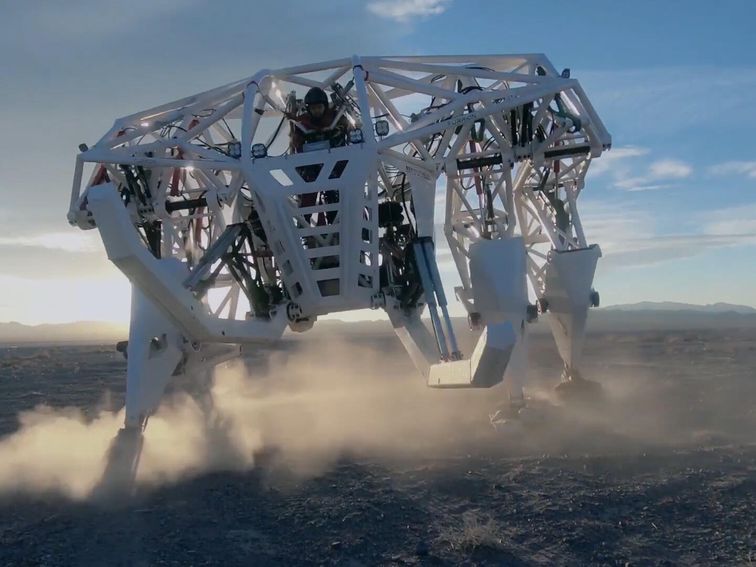WASHINGTON — The competition for the moon between the Unites States and China is being closely watched by the Defense Department as the military expects to play a role protecting U.S. access to cislunar space.
One concern for the Pentagon is the possibility that China establishes a presence on the moon before the United States and tries to set the international rules of behavior in space, said Brig. Gen. Steven Butow, director of the space portfolio at the Defense Innovation Unit.
DIU is a Defense Department organization based in Silicon Valley that works with commercial vendors developing technologies relevant to national security.









